Nutritional comparison of nine types of vegetables (2)
. Fresh legume vegetables
Fresh legume vegetables mainly include edamame, cowpea, string beans (kidney beans), lentils, and peas, with high nutrient content. Its protein content is 2% to 14%, an average of 4%, which is generally higher than other vegetables (average 1% to 2%), and the protein content in edamame can reach 12%. Beta carotene and dietary fiber are also generally high. Its vitamin B2 content is similar to green leafy vegetables. In addition, fresh legumes are also rich in potassium, calcium, iron, zinc, selenium and other minerals. In short, fresh legume vegetables are also one of the most recommended vegetable types.
7. Onion and garlic vegetables
Onion and garlic vegetables mainly include garlic, green onions, green onions, garlic sprouts, onions, etc. The content of vitamin C, beta carotene, vitamin B2, potassium and dietary fiber in these vegetables is at a medium level in all vegetables. The biggest advantage is that they contain the unique phytochemical substance-sulfur compounds. This kind of substance makes the scallion and garlic vegetables have a pungent taste. Although it can''t please everyone, it has good health care effects, such as immune regulation, anti-cancer, antioxidant, blood lipid regulation, etc. Therefore, onion and garlic vegetables are also the most recommended vegetable types.
8. Potato taro vegetables
Potato taro vegetables mainly include potatoes (potato, potato), sweet potato (sweet potato, sweet potato), taro, yam, lotus root, water chestnut, etc. The content of vitamin C, β-carotene, potassium and dietary fiber in potatoes is relatively rich, and the vegetables with large protein quality are good. The most distinctive nutritional characteristic of potato is that it contains more starch, with a content of 10% to 25%. Because of this, potatoes have once become "famine relief" food-in the era of food shortage, use potatoes to replace grain to provide calories. In other words, potatoes have both the characteristics of vegetables and grain, and are both grain and vegetables. The "Dietary Guidelines for Chinese Residents 2007" recommends appropriately increasing the intake of potatoes, about 5 times a week, 50 to 100 grams each time. This is equivalent to 250 to 500 grams per week. "Dietary Guidelines for American Residents 2005" recommends eating 3 cups (about 680 grams) per week.
Because potatoes contain a lot of starch, their calories far exceed ordinary vegetables. To avoid excess calories and obesity, we recommend eating potatoes as a staple food, that is, eating potatoes while reducing the intake of grain (cereals), or replacing some of the grains with potatoes. It should be noted that in terms of starch content, potatoes can replace food, and the content of vitamins and minerals is higher than ordinary food, but the "Chinese Dietary Guidelines 2007" pointed out that some potatoes have lower protein content than food, In the absence of sufficient animal food, children will eat potato for a long time, and their growth and development will be affected.
How to eat potatoes is also very important. Now potatoes are often processed into snacks such as French fries and potato chips. These snacks not only destroy the original nutrients of potatoes, but also contain a lot of fats (including trans fatty acids) and salt. It has been determined that a medium-sized oil-free "roasted potato" contains only about 377 kilojoules (90 kilocalories) of calories, and the heat energy of potatoes of the same size made into french fries is 838 kilojoules (200 (Kcal) or more, all the increased heat comes from absorbed grease. In recent years, it has also been confirmed that French fries and potato chips contain more carcinogens, acrylamide. As a result, "potato" has become a carcinogenic food with high calories, high fat, and low vitamins. Therefore, "Chinese Resident''s Dietary Guide 2007" recommends that potatoes should be steamed, boiled and roasted, and fried as little as possible. Potatoes are best steamed, roasted or boiled as the staple food, or after the knife is changed, fried, stewed, or mashed potatoes; sweet potatoes are best steamed, roasted or chopped porridge.
9. Bacterial algae vegetables
Bacterial algae mainly refer to fungus foods such as mushrooms, shiitake mushrooms, enoki mushrooms, edible fungus, white fungus and seaweed foods such as kelp, nori, wakame, hairy vegetables, etc. . Bacterial algae food is rich in protein, dietary fiber, sugar, vitamins and trace elements. Dried shiitake mushrooms, mushrooms, hairy vegetables, agaric and other protein content is more than 15%, and the content of essential amino acids is high. However, we rarely eat dried shiitake mushrooms, mushrooms and fungus directly. Usually we eat fresh or aquatic products. The protein content after aquatic hair is mostly 1% to 3%, which is equivalent to ordinary vegetables. Therefore, algae are not high-protein foods. Bacteria and algae contain very little vitamin C and β-carotene, but the content of B vitamins is higher than ordinary vegetables. Seaweeds such as kelp, laver, wakame contain a large amount of iodine, 36 mg per 100 g of dried kelp (equivalent to an adult''s recommended intake of iodine for 240 days).
bacteria and algae also have obvious health effects. The study found that polysaccharides contained in bacteria and algae have the effects of improving immune function, anti-tumor and lowering blood fat. Lentinan, black fungus polysaccharides, brown algae polysaccharides (from kelp and wakame) have all been developed into medicines or health products. It is precisely because bacteria and algae have the dual function of nutrition and health care, "Chinese Resident Dietary Guidelines 2007" recommends to pay attention to increase food intake of bacteria and algae. We recommend eating fungus vegetables at least once a day. It should be noted that seaweed contains a large amount of iodine. In the current situation where iodized salt is commonly consumed, frequent or excessive consumption of seaweed may increase the risk of iodine excess.
In summary, the nutritional characteristics of various vegetables are different. In general, dark vegetables have higher nutritional value than light colors, and contain more vitamin C, beta carotene, vitamin B2, iron, potassium, calcium, etc.; more phytochemicals, anti-oxidation, anti-cancer, protect the heart and brain The effect of blood vessels and regulating immunity is stronger. Therefore, "Dietary Guidelines for Chinese Residents 2007" suggests that half of the 300 to 500 grams of vegetables eaten every day should be dark vegetables. Dark vegetables refer to dark green vegetables (such as spinach, rape, green amaranth, garland chrysanthemum, celery leaves, water spinach, cabbage, lettuce leaves, mustard, broccoli, lettuce, shallots, leeks, radish tassels, green peppers, garlic sprouts, Dutch beans, four seasons Beans, cowpea, bitter gourd, etc.), red or orange-red vegetables (such as tomatoes, carrots, carrots, pumpkins, red peppers, etc.) and fuchsia vegetables (such as red amaranth, purple cabbage, eggplant, etc.). Light-colored vegetables refer to Chinese cabbage, turnip, white radish, lettuce, cucumber, zucchini, winter melon, etc.
In addition to dark vegetables, "Chinese Resident''s Dietary Guide 2007" also recommends cruciferous vegetables, such as cabbage, cauliflower, cabbage, broccoli, etc. Cruciferous vegetables contain phytochemicals-isothiocyanate and indole, which have good anti-cancer effects.
Related Articles
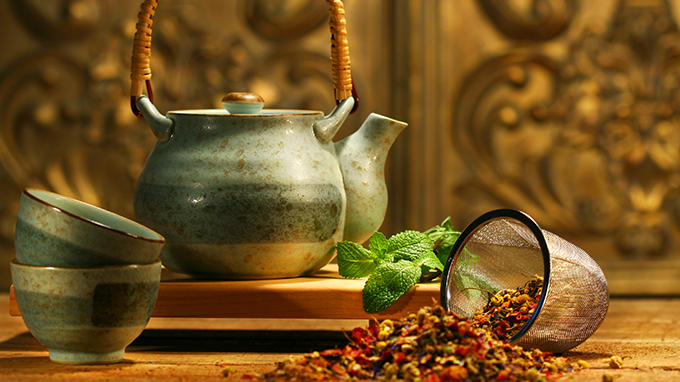
- Can I drink tea for pregnancy
- Pregnancy is the most important event in a woman’s life. How to get pregnant smoothly and how to conceive a healthy baby is a problem that every couple and every family are very concerned a
- 2020-08-03
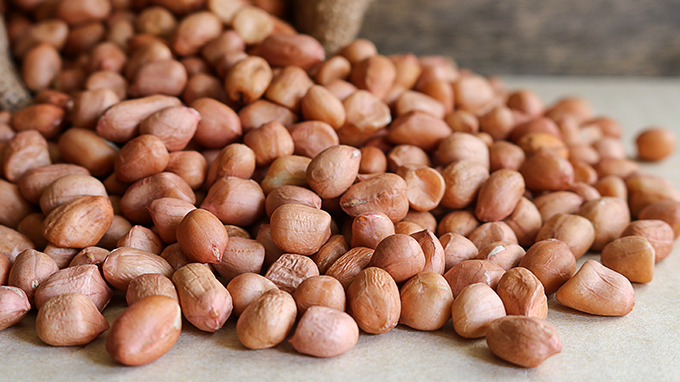
- What are the nutritional characteristics of nuts
- Nuts are one of the small foods that people like very much nowadays. They are rich in nutrients, high in protein, oil, minerals, and vitamins. They have excellent effects on human growth an
- 2020-08-03
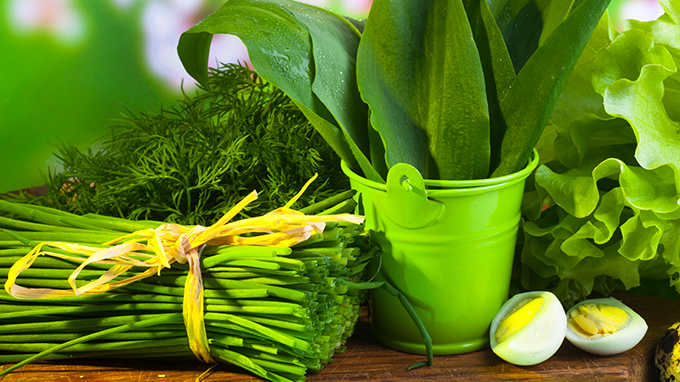
- Celery leaves
- It is a habit of many people to eat celery and not to eat leaves. I think the leaves are just scraps. In fact, it is just wrong here. Almost all vegetables with leaves have a common featur
- 2020-08-03

- Is a cookie a nutritious food
- Biscuit is the most common snack food, but if it is said that biscuit is not nutritious, it seems to have aggrieved it. Every food has nutrients, even instant noodles or biscuits.
- 2020-08-03
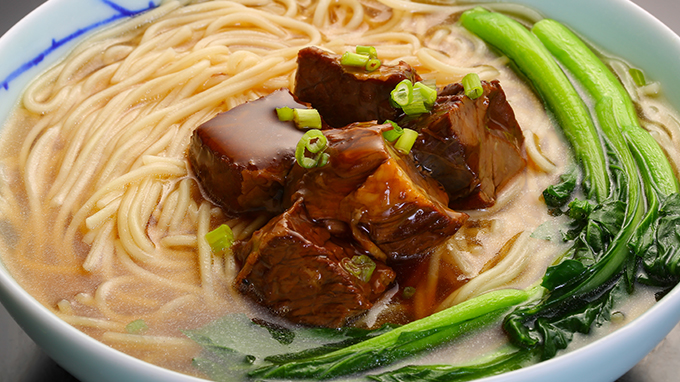
- How to make a quick nutritious breakfast
- People often say that eating like an emperor for breakfast, like an aristocrat for lunch, and like a beggar for dinner will be healthier. How can I prepare a nutritious breakfast in 15 min
- 2020-08-03
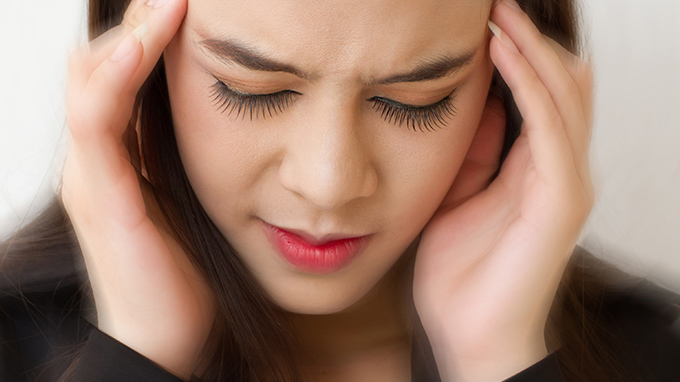
- Can gout drink alcohol?
- Patients with gout should drink more water than wine. Gout diet is stricter, and even exceeds the dietary contraindications of diabetes, hypertension and high blood fat. Strict dietary tabo
- 2020-08-03
